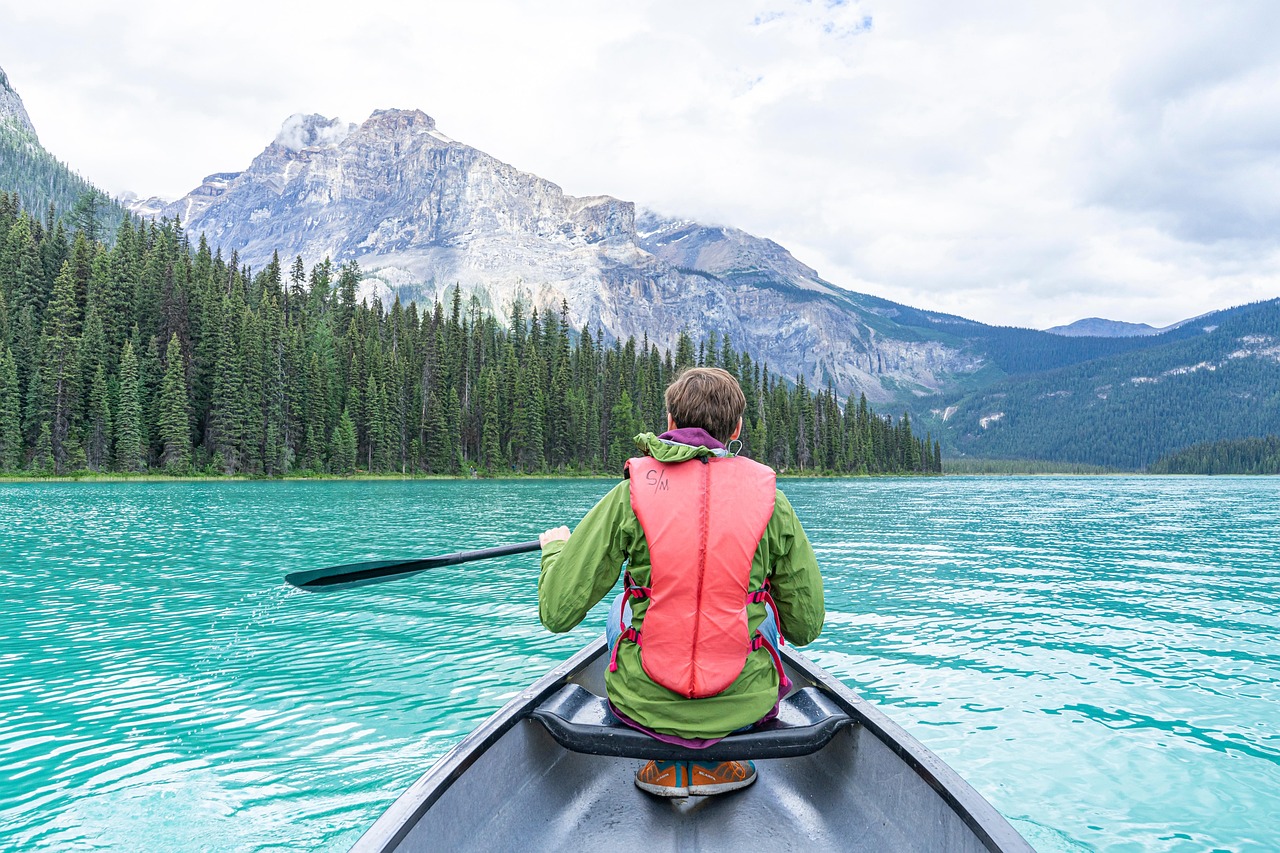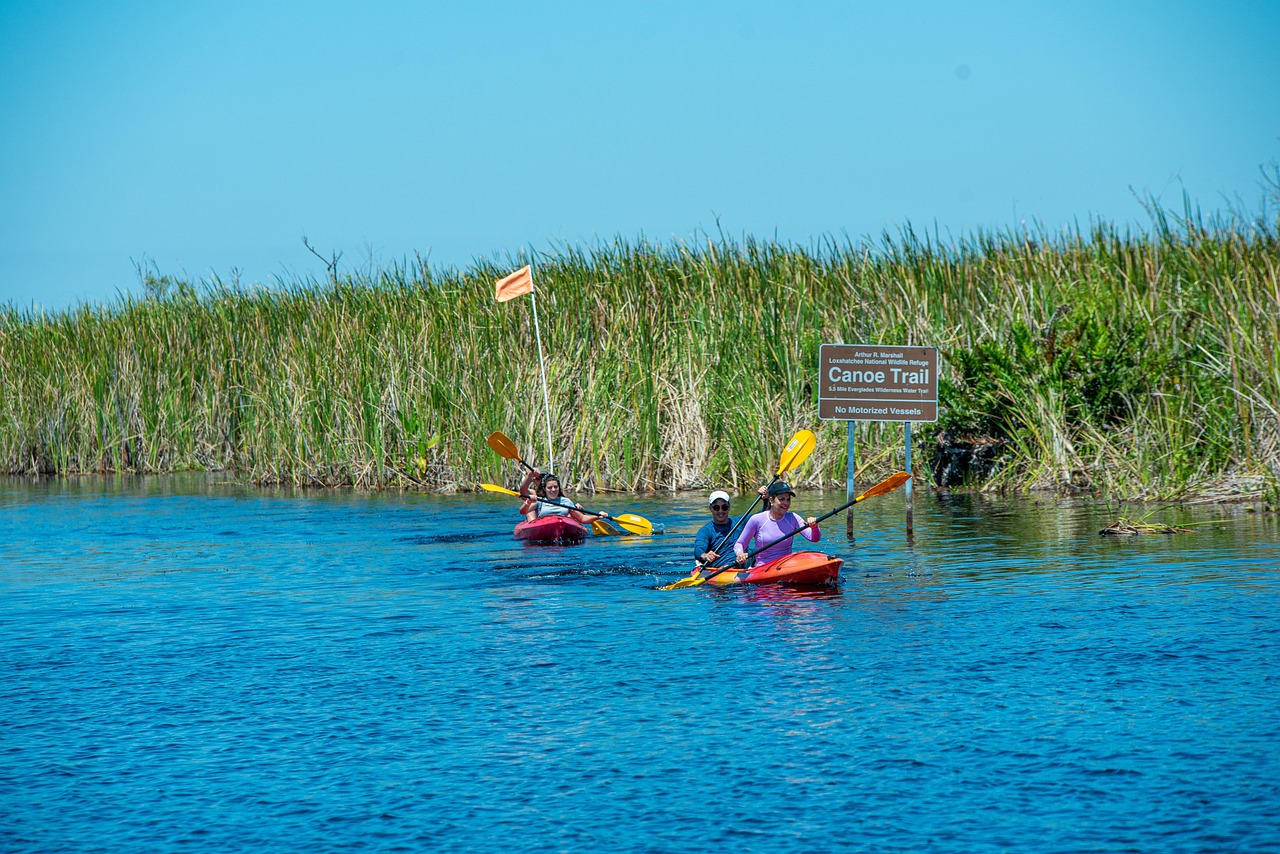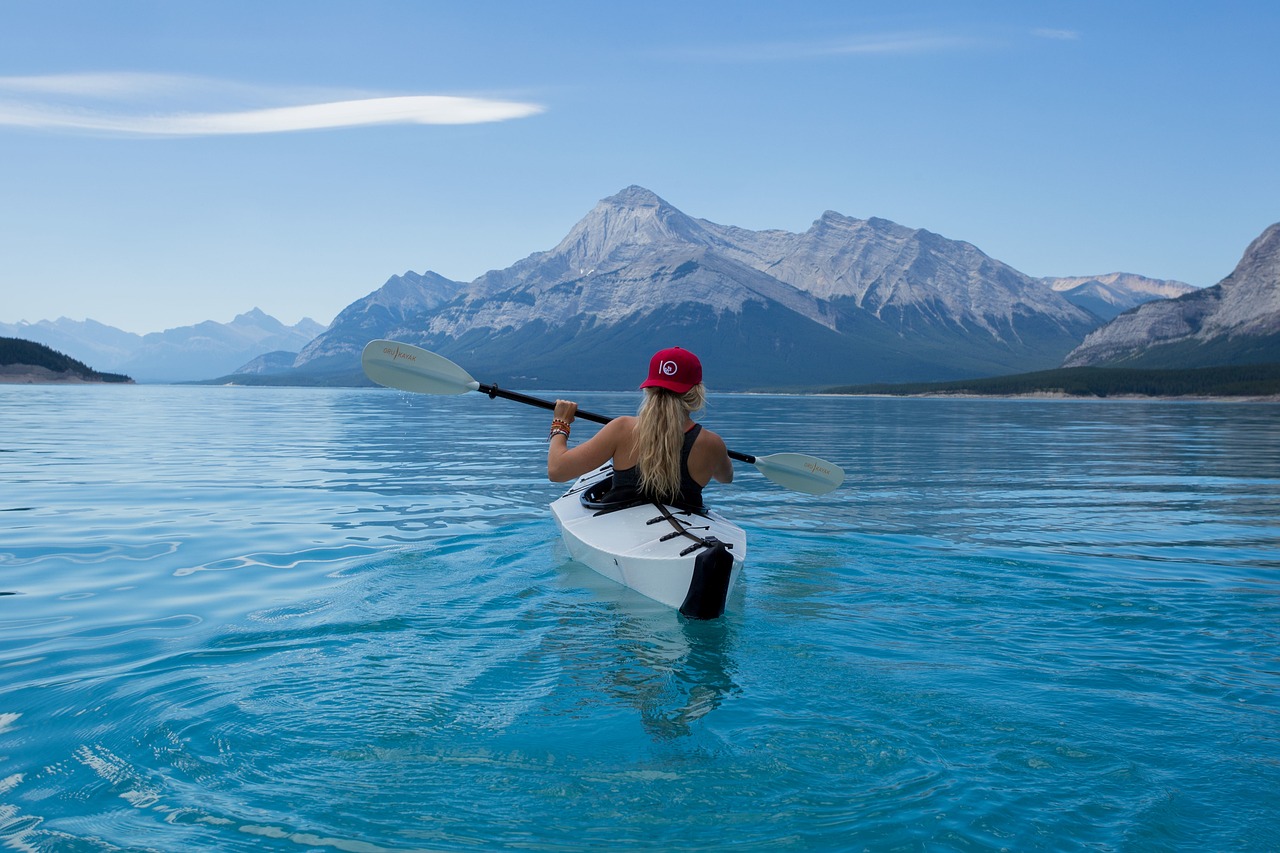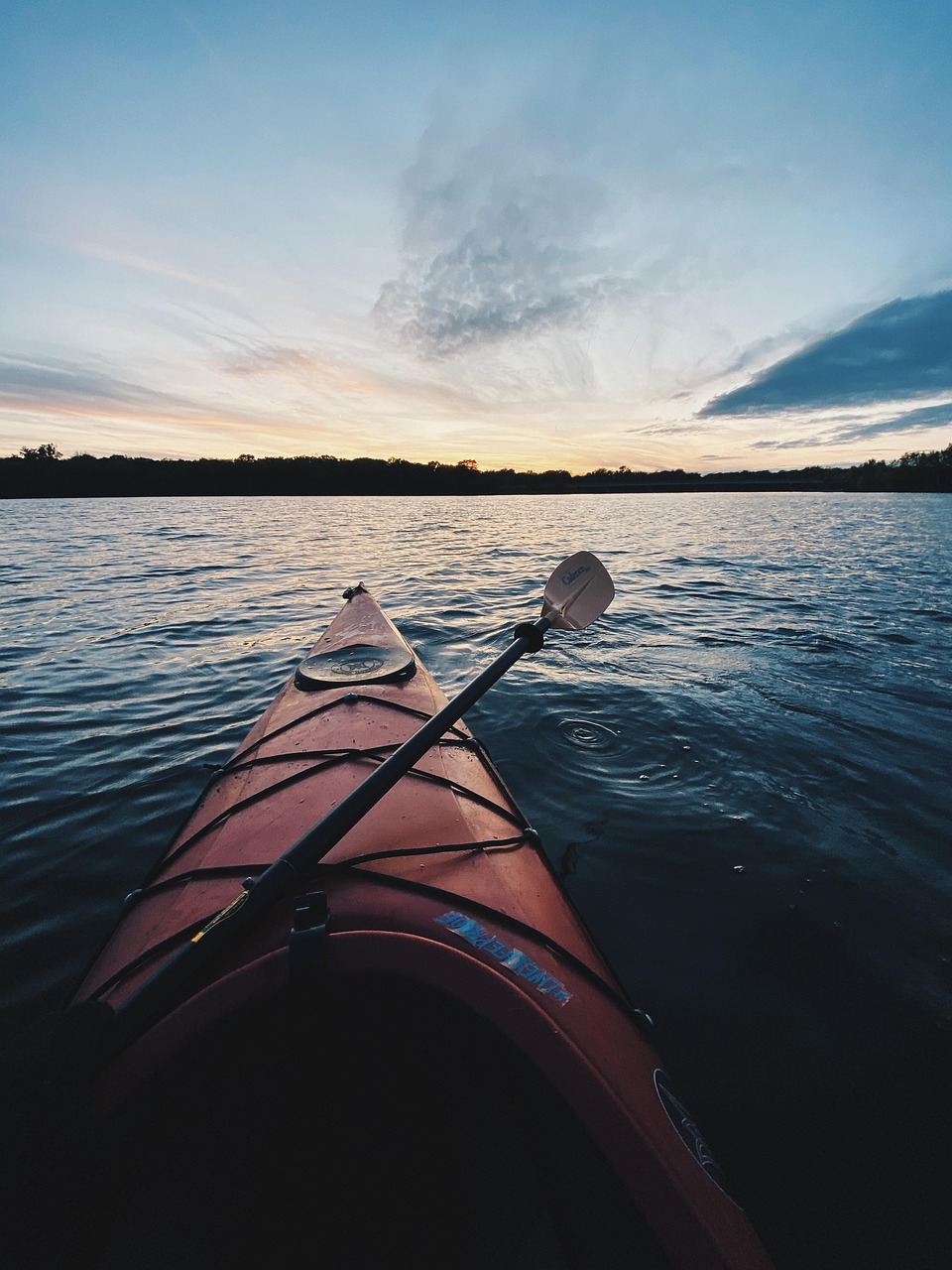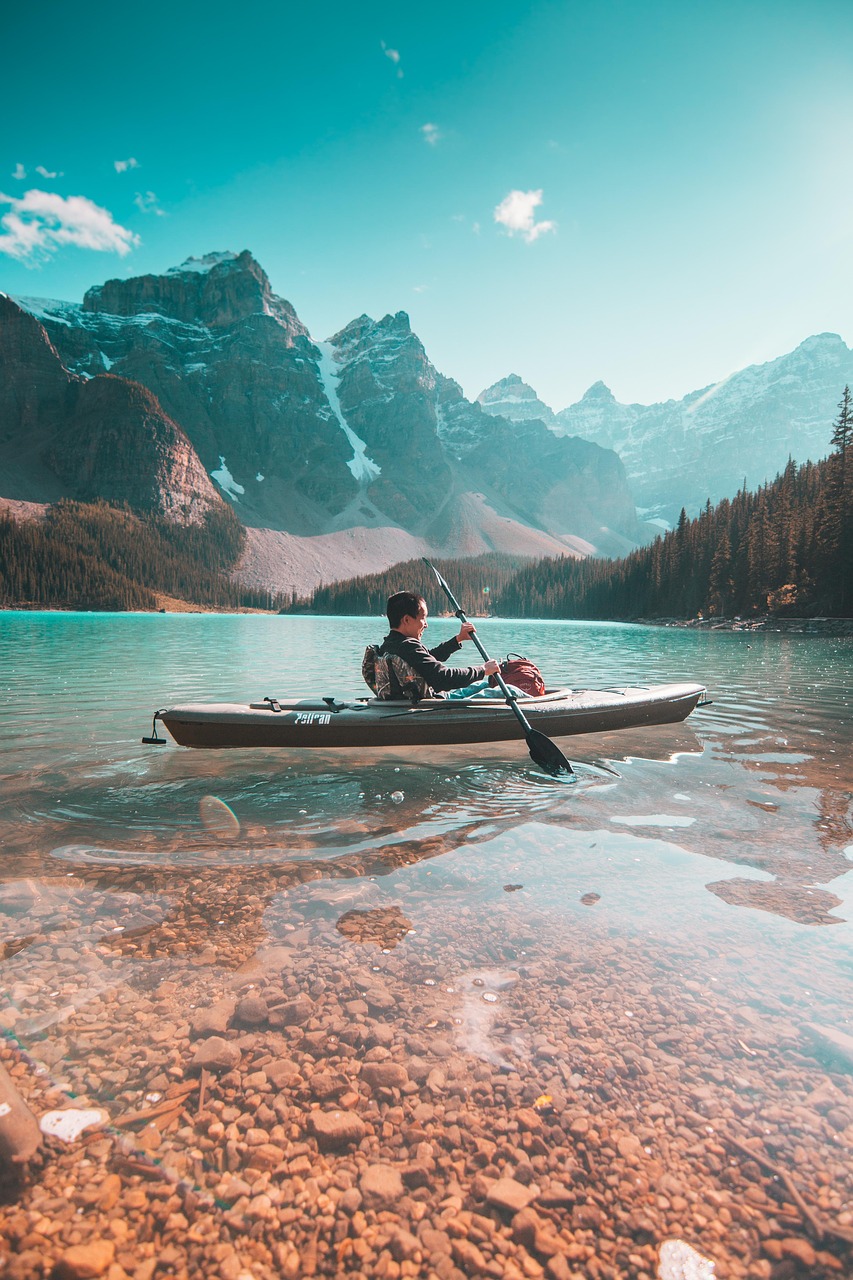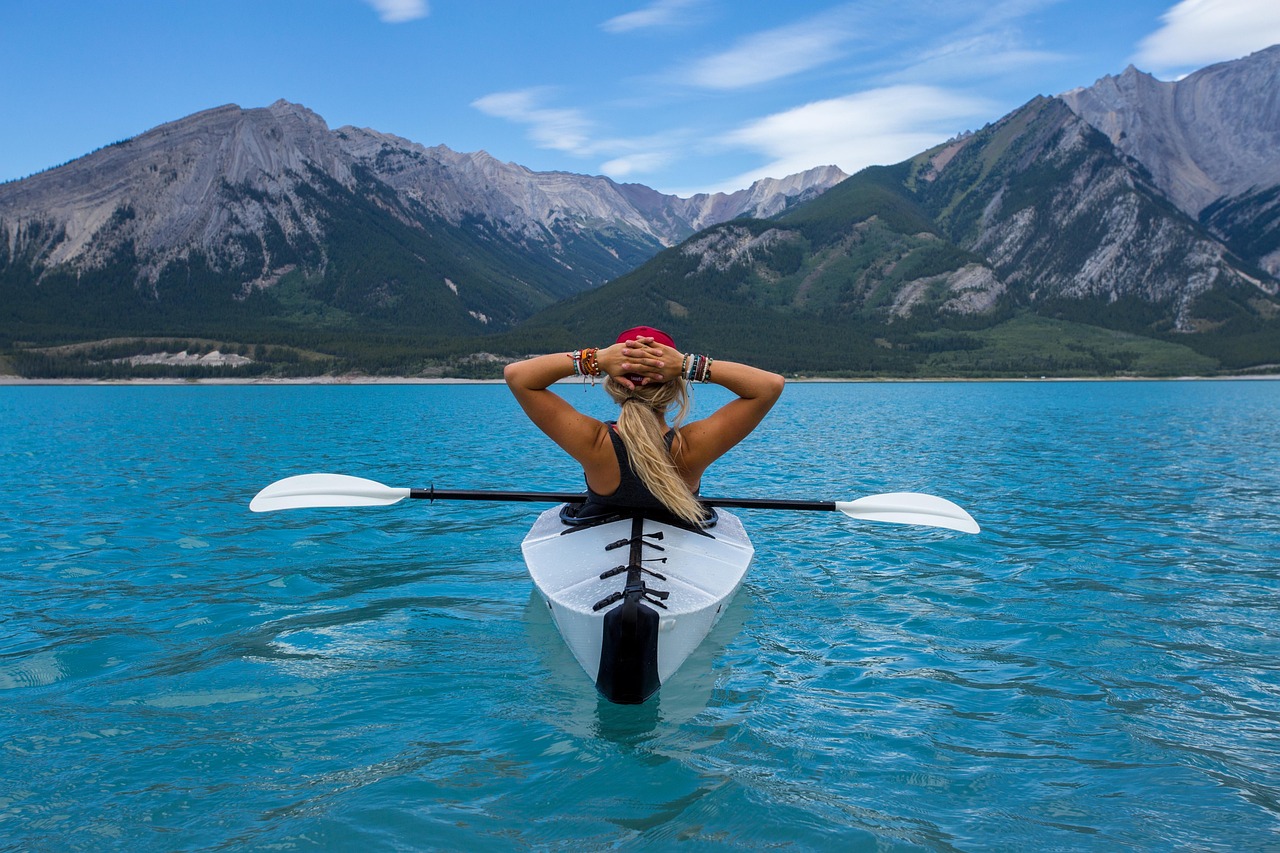Kayaking on a lake is one of the most serene and accessible ways to enjoy nature while getting a great workout. Whether you’re a beginner or an experienced paddler, gliding across calm waters surrounded by stunning landscapes is an unforgettable experience. In this guide, we’ll cover everything you need to know before embarking on your lake kayaking adventure.
Why Choose Lake Kayaking?
Unlike river or ocean kayaking, lake kayaking offers:
✅ Calm Waters – Ideal for beginners and relaxation.
✅ Scenic Views – Enjoy mountains, forests, and wildlife up close.
✅ Accessibility – Many lakes have rental facilities and easy entry points.
✅ Versatility – Suitable for recreational, fishing, or fitness paddling.
Essential Gear for Lake Kayaking
Before heading out, make sure you have:
1. Kayak Type
- Recreational Kayak – Stable, easy to maneuver (best for beginners).
- Touring Kayak – Longer and faster, ideal for longer trips.
- Inflatable Kayak – Portable and convenient for travel.
2. Paddle
- Choose a lightweight paddle with the correct length (shoulder-width plus a few inches).
3. Safety Equipment
- Personal Flotation Device (PFD/Life Jacket) – Always wear one!
- Whistle – For emergencies.
- Dry Bag – To keep valuables safe from water.
4. Clothing & Extras
- Quick-dry clothes (avoid cotton).
- Sun protection (hat, sunglasses, sunscreen).
- Water & snacks (stay hydrated!).
Best Lakes for Kayaking (Worldwide & Estonia)
🌍 International Destinations
- Lake Tahoe, USA – Crystal-clear waters with mountain views.
- Lake Bled, Slovenia – A fairytale-like setting with a historic island.
- Lake Louise, Canada – Emerald waters surrounded by the Rockies.
🇪🇪 Estonian Lakes (Perfect for Beginners)
- Lake Ülemiste (Tallinn) – Close to the city, great for short trips.
- Lake Peipus – One of Europe’s largest lakes, ideal for exploration.
- Lake Saadjärv – Peaceful waters with beautiful nature trails nearby.
Tips for a Safe & Enjoyable Kayaking Trip
- Check the Weather – Avoid kayaking in strong winds or storms.
- Learn Basic Strokes – Forward, backward, and turning techniques.
- Stay Close to Shore (Beginners) – Don’t venture too far until you’re confident.
- Respect Wildlife – Observe from a distance; don’t disturb animals.
- Paddle with a Buddy – Safer and more fun!
Ready to Paddle? Book Your Kayaking Adventure with Kembang Kacang Travelindo!
At Kembang Kacang Travelindo, we offer guided kayaking tours and equipment rentals for an unforgettable experience.
📧 Contact Us:
- Email: book@kembangkacangtravelindo.com
- Website: www.kembangkacangtravelindo.com
Grab your paddle and explore the beauty of lakes with us! 🚣♂️💙
Overview
Travel is the movement of people between relatively distant geographical locations, and can involve travel by foot, bicycle, automobile, train, boat, bus, airplane, or other means, with or without luggage, and can be one way or round trip. Travel can also include relatively short stays between successive movements.
The origin of the word “travel” is most likely lost to history. The term “travel” may originate from the Old French word travail, which means ‘work’. According to the Merriam Webster dictionary, the first known use of the word travel was in the 14th century.
It also states that the word comes from Middle English travailen, travelen (which means to torment, labor, strive, journey) and earlier from Old French travailler (which means to work strenuously, toil). In English we still occasionally use the words “travail”, which means struggle. According to Simon Winchester in his book The Best Travelers’ Tales (2004), the words “travel” and “travail” both share an even more ancient root: a Roman instrument of torture called the tripalium (in Latin it means “three stakes”, as in to impale).

